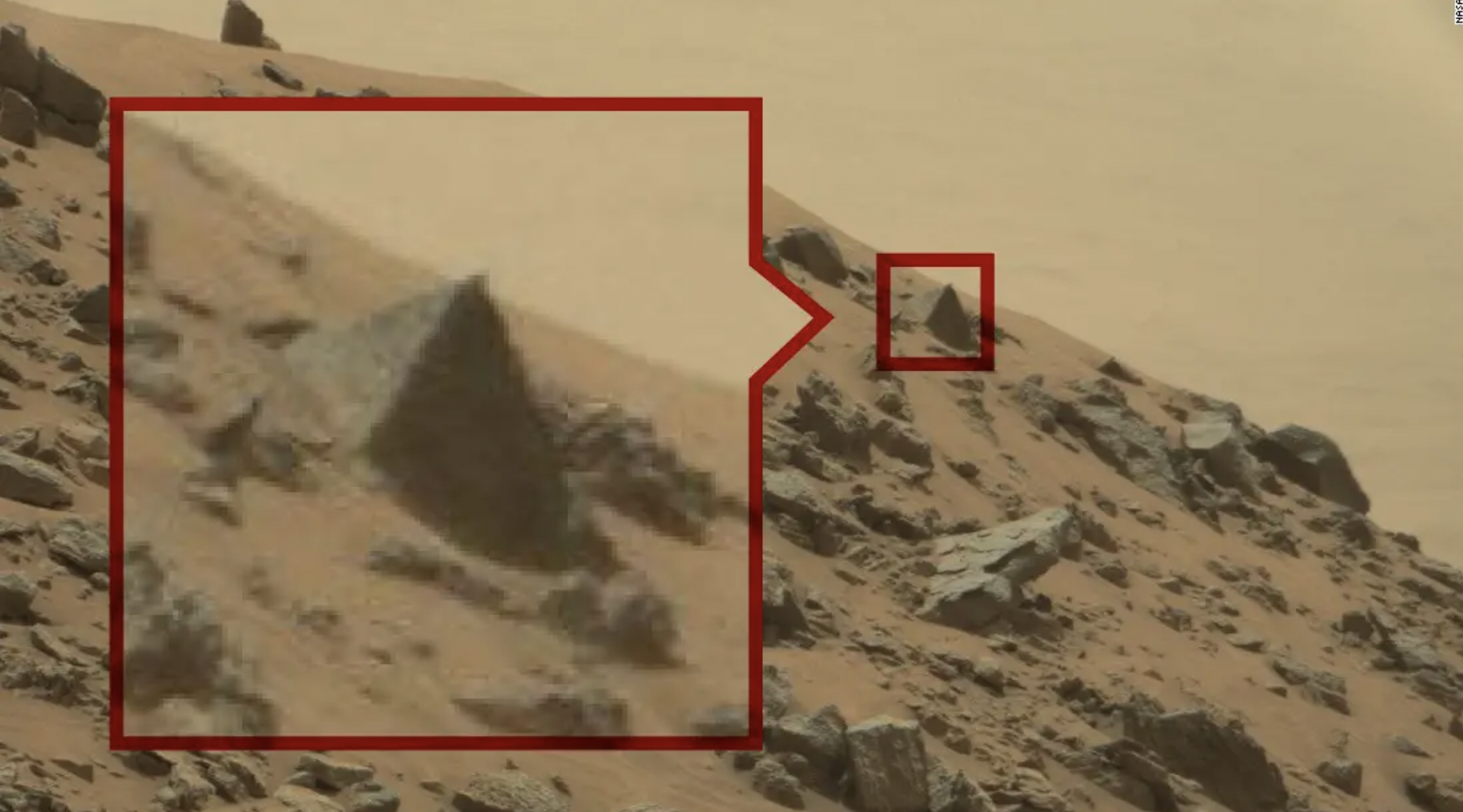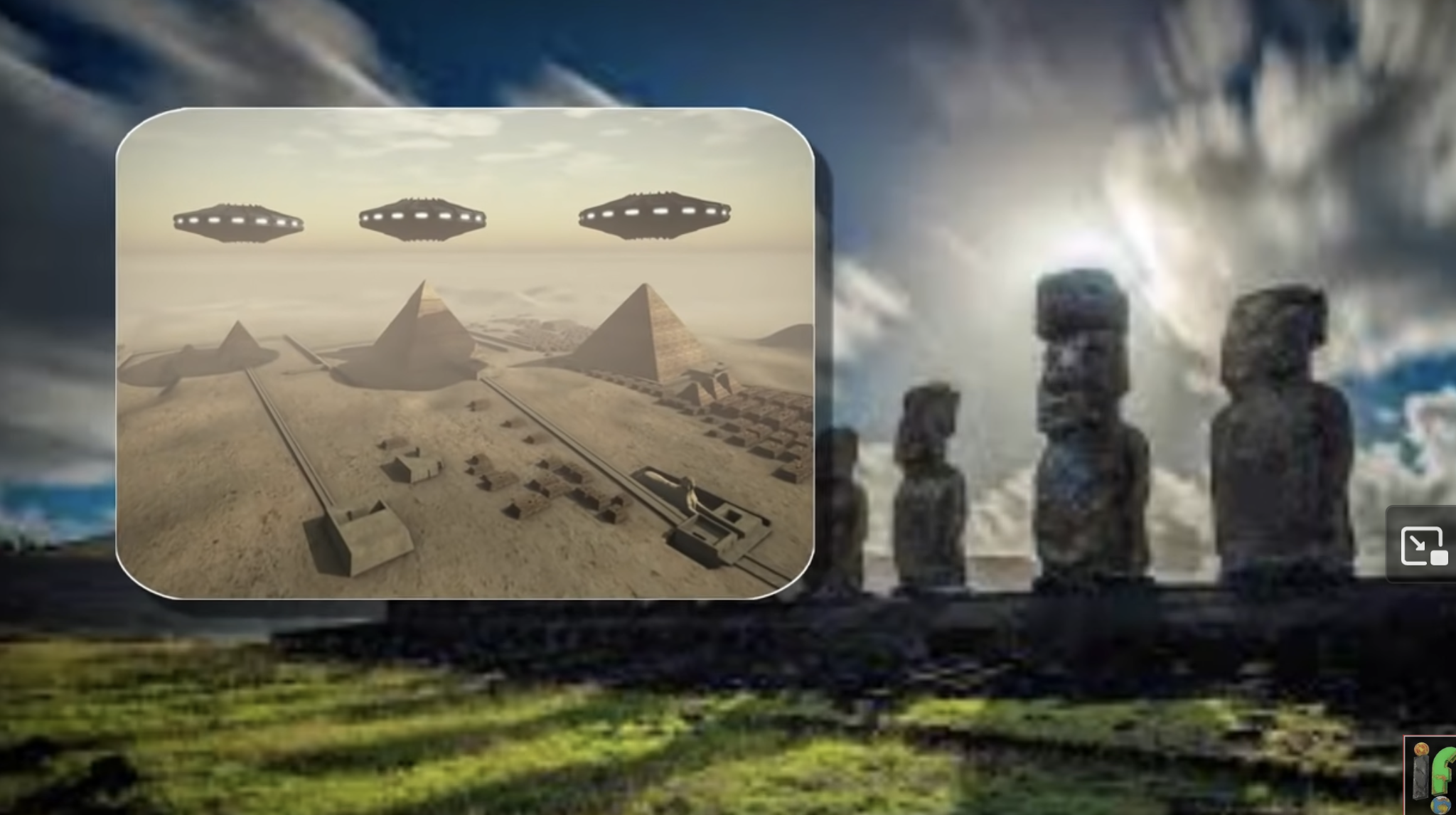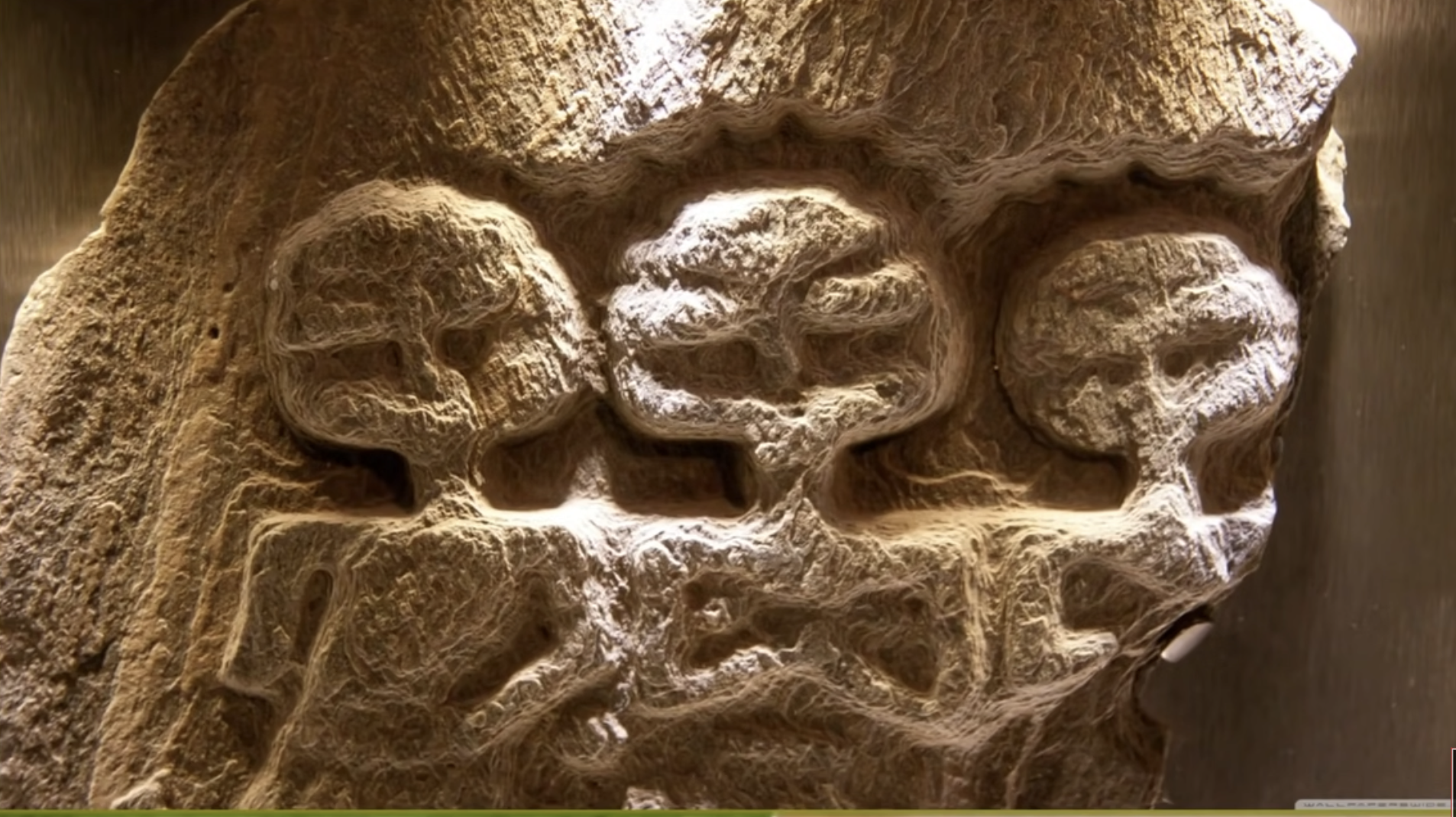For centuries, a theory that challenges conventional beliefs about human history has intrigued scholars worldwide. This intriguing concept explores the idea that civilizations once thrived not only on Earth but also on neighboring celestial bodies like Mars and the Moon. According to this theory, these ancient civilizations may have made an extraordinary visit to Earth, leaving an indelible mark on our planet's history.

While skepticism surrounds this theory, a growing number of individuals find compelling evidence to support its claims. A noteworthy example is the striking resemblance between the pyramids discovered on Mars and those built by the Ancient Egyptians on Earth. These Martian pyramids, though older by a significant margin, mirror the iconic structures found on our planet, raising intriguing questions about their origin and purpose.

Despite the alignment of timelines and a burgeoning community of believers, mainstream academia remains largely resistant to embracing this theory. Nevertheless, proponents argue that it's time to reevaluate our understanding of history and explore alternative narratives. They assert that the wealth of contradictions present in our history books invites skepticism and encourages a more open-minded examination of unconventional theories.
As the debate continues, the theory's proponents invite individuals to explore the intriguing concept further, seeking to expand our understanding of the cosmos and the profound role ancient civilizations and potential extraterrestrial contact may have played in shaping Earth's history.

To delve deeper into this thought-provoking theory, we invite you to watch the accompanying video, which offers additional insights and perspectives on this captivating subject.



